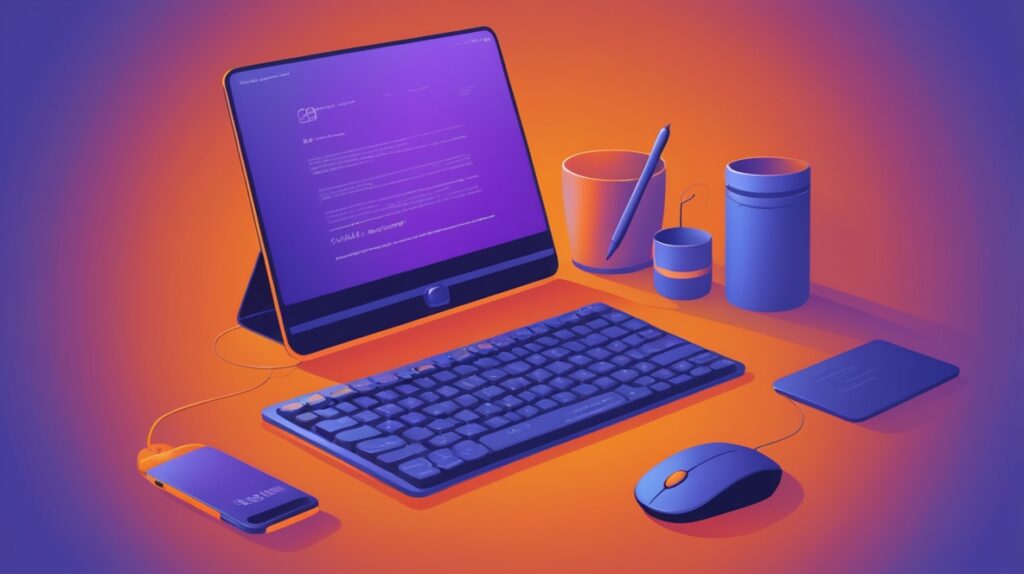What is ITAM?
ITAM (for IT Asset Management) refers to the set of practices, processes, and tools that enable an organization to manage, track, and optimize the use of its IT equipment.
This includes:
- Hardware (computers, servers, printers, peripherals),
- Software (licenses, SaaS subscriptions),
- Related contracts (maintenance, warranties, insurance),
- And even mobile devices or connected objects.
The main objective of ITAM is to ensure total control of the IT infrastructure while optimizing costs and reducing risks.
Why is ITAM strategic for businesses?
IT asset management isn’t just about inventory. It addresses several key challenges:
1. Cost Reduction
Accurate monitoring prevents:
unused software licenses,
forgotten or underutilized equipment,
redundant purchases.
ITAM therefore helps to make better investments and extend the lifespan of equipment.
2. Compliance and Security
A good ITAM system ensures that:
all software licenses comply with contracts,
security updates are applied,
sensitive equipment is tracked and protected.
3. Improved Productivity
IT teams know where each piece of equipment is located, its status, and its maintenance history, and can intervene more quickly.
4. Strategic Vision
With a consolidated view of the IT equipment, the IT department and finance department have useful indicators for budget planning and digital transformation projects.
Key Features of an ITAM Solution
A dedicated ITAM tool like GOST must offer comprehensive functionality, including:
Centralized inventory: all IT assets listed in a single interface.
Lifecycle monitoring: purchase, commissioning, maintenance, assignment, end-of-life.
Software license management: compliance and subscription optimization.
Alerts and notifications: end of warranty, contract renewal, planned replacement.
Reporting and dashboards: to effectively manage IT strategy.
Integration with other systems (ERP, accounting, helpdesk).
Best practices for successful ITAM
Implementing ITAM in a company isn’t just about installing software. Here are some best practices:
Establish clear governance: Define who is responsible for asset management.
Standardize processes: Procurement, allocation, maintenance, and retirement procedures.
Clean existing data: Avoid duplicates and inconsistencies during initialization.
Involve business teams: ITAM isn’t just a matter for the IT department, but also for finance and HR.
Automate as much as possible: Import, synchronize, and automatically update data.
ITAM and GOST: A Simple and Effective Approach
Many companies are hesitant to embark on ITAM for fear of complexity. With GOST, IT asset management becomes simple and accessible:
- Easy import of existing data (Excel, CSV, etc.),
- Intuitive interface to track and update each piece of equipment,
- Centralized management of IT assets and non-IT equipment (offices, vehicles, various equipment),
- Tracking of contracts and warranties,
- Clear dashboards to make the right decisions.
The goal of GOST is to remove barriers to ITAM by offering a lightweight, quick-to-deploy solution suitable for both SMEs and large enterprises.
IT Asset Management (ITAM) has become essential for any organization wishing to control costs, strengthen security, and improve efficiency. With a suitable solution like GOST, implementing ITAM is no longer reserved for large companies: each organization can benefit from clear and structured management of its IT and hardware assets.

